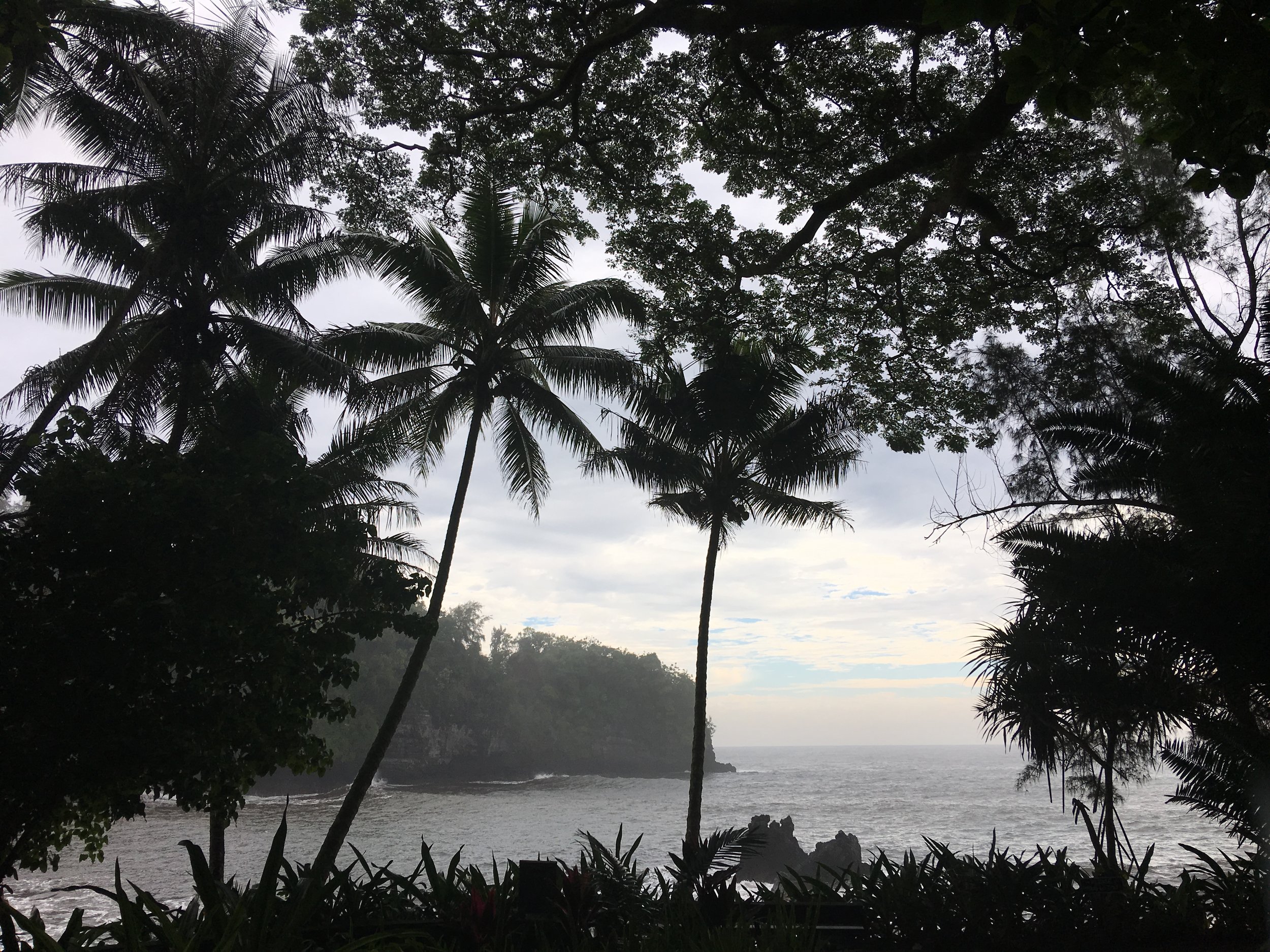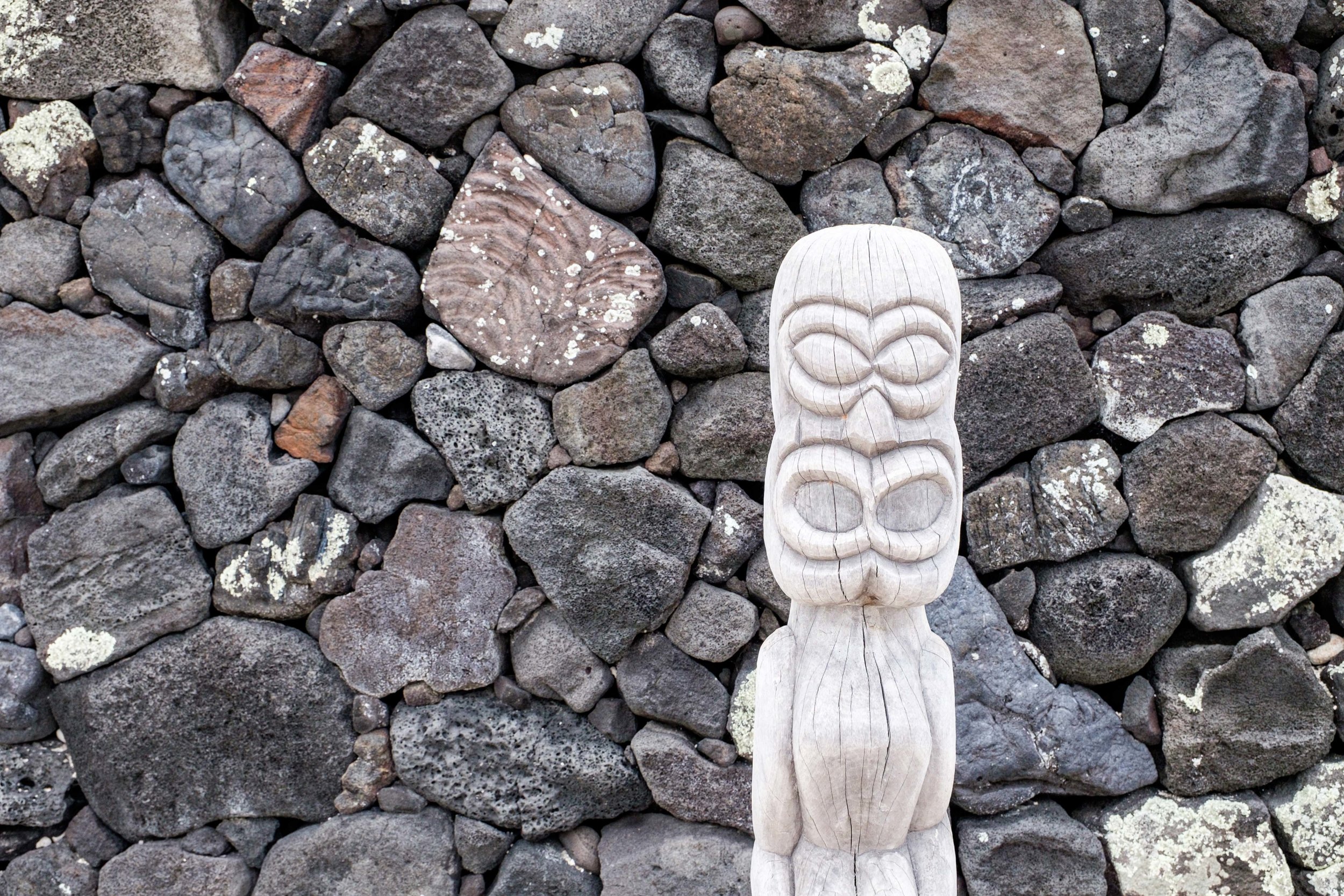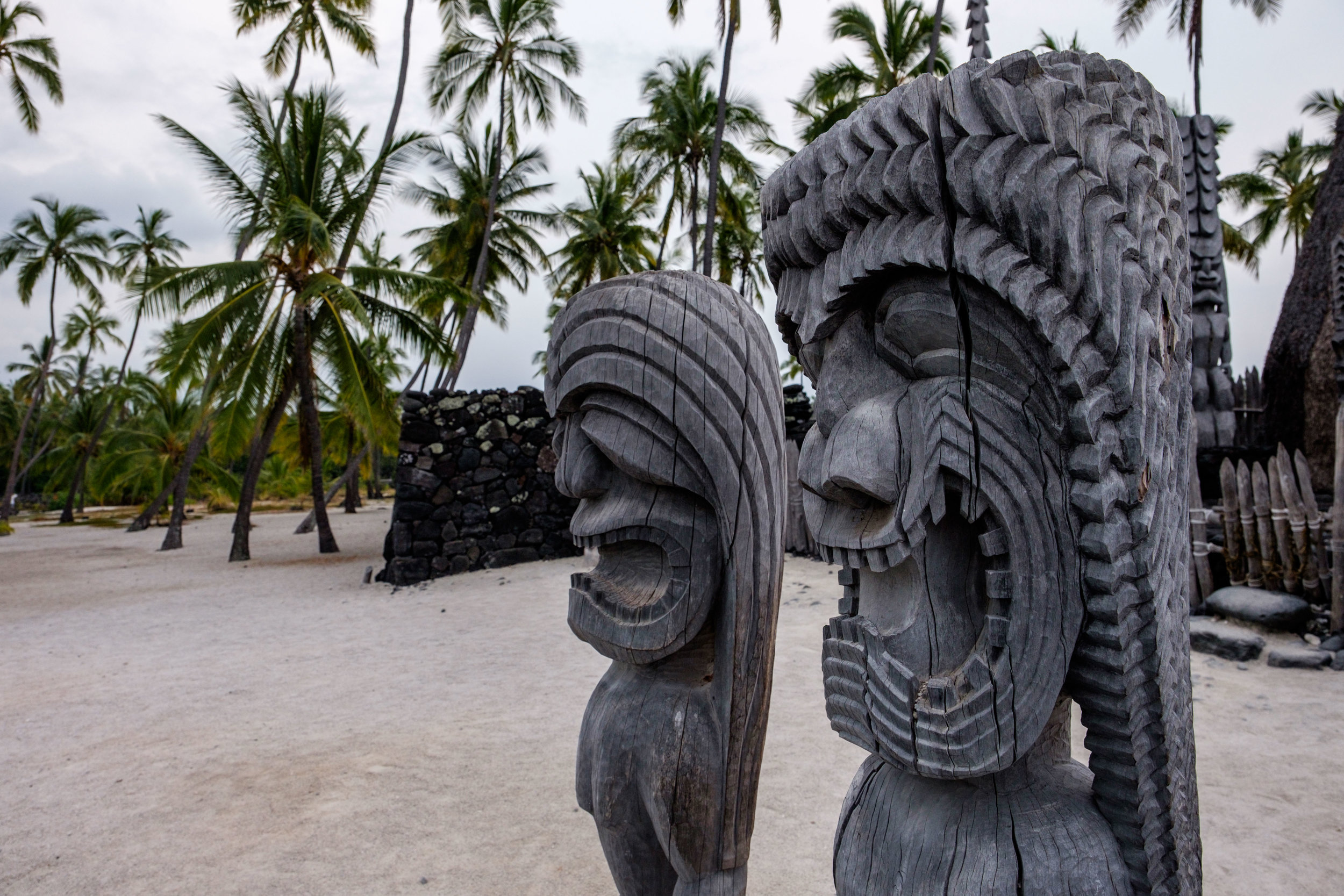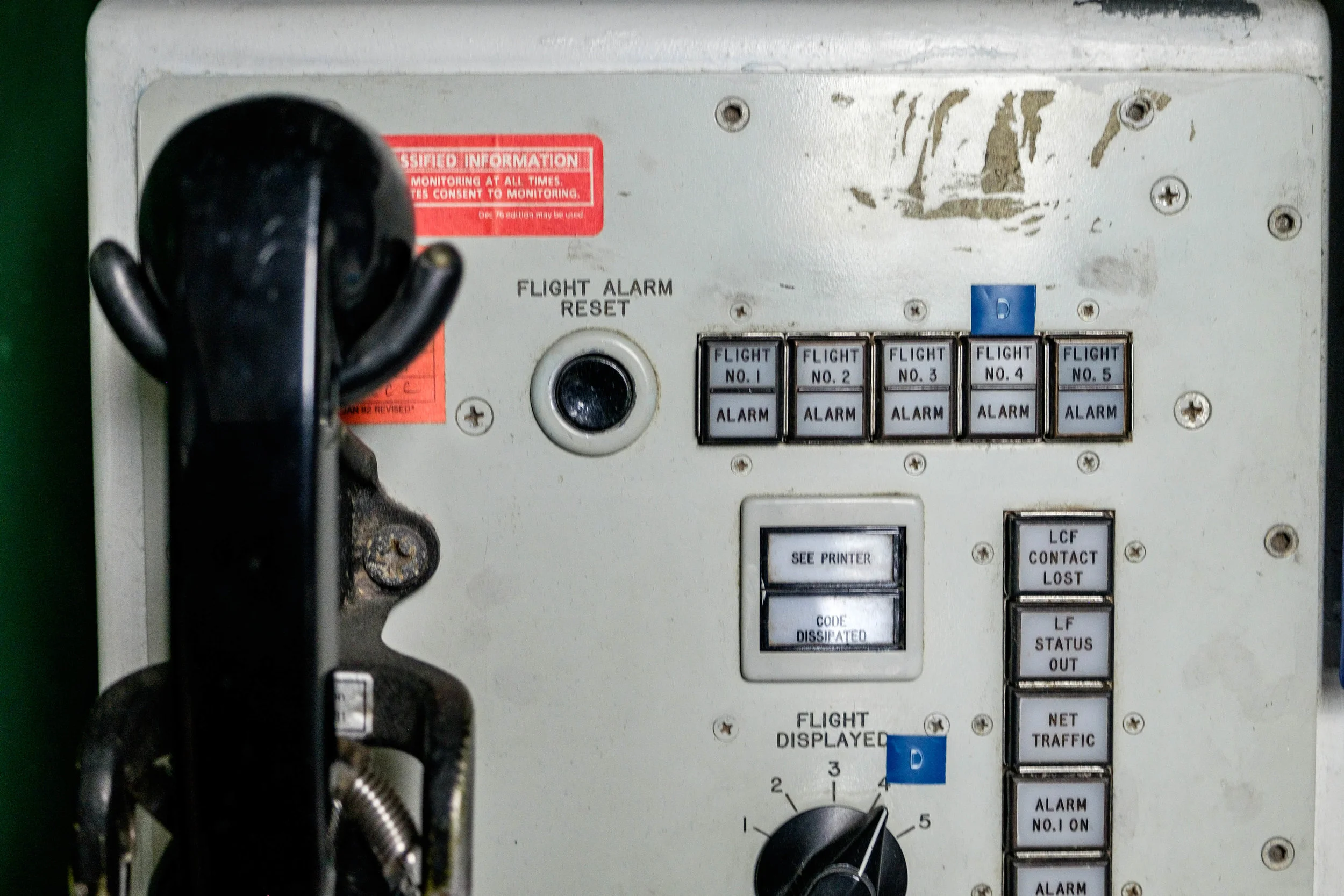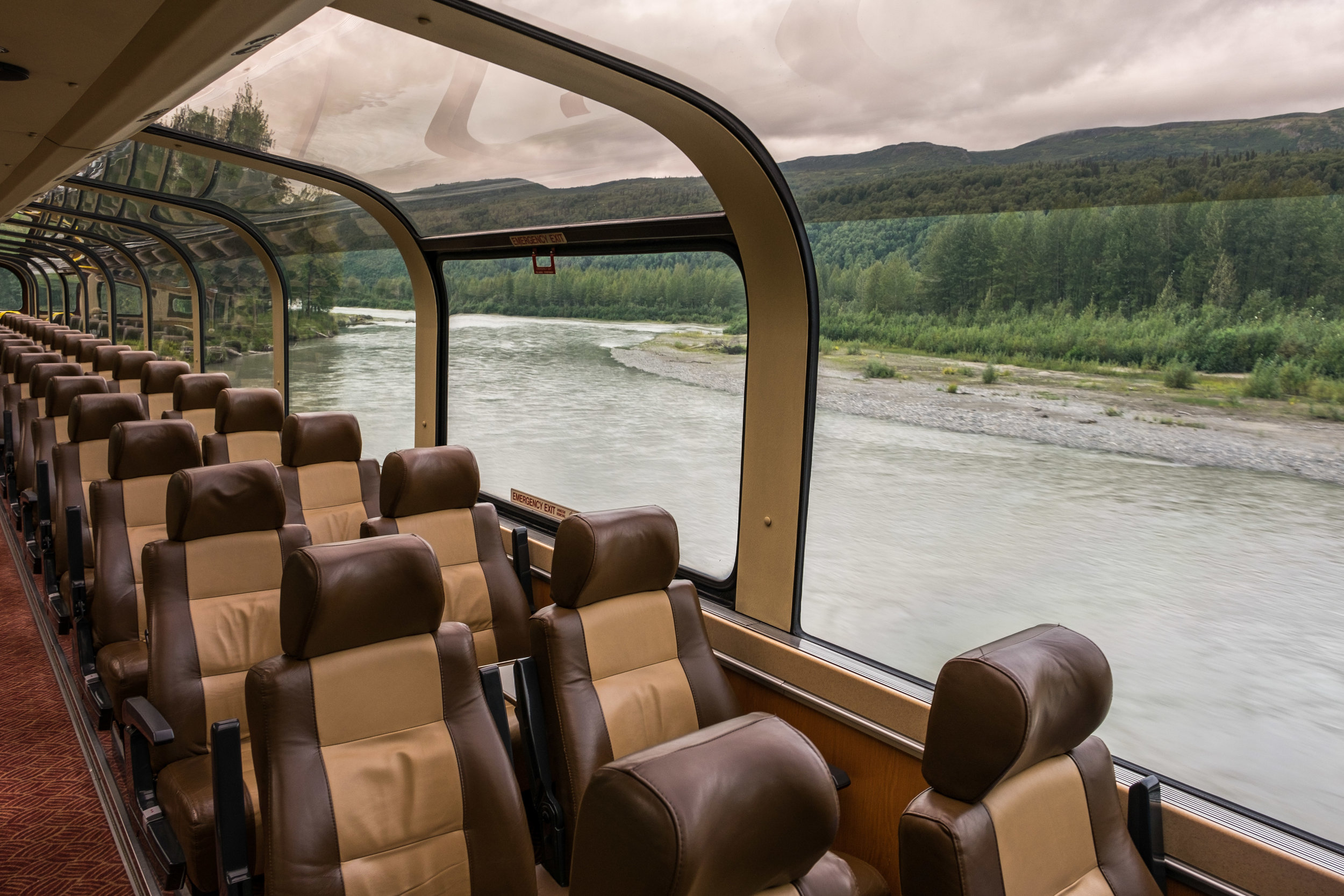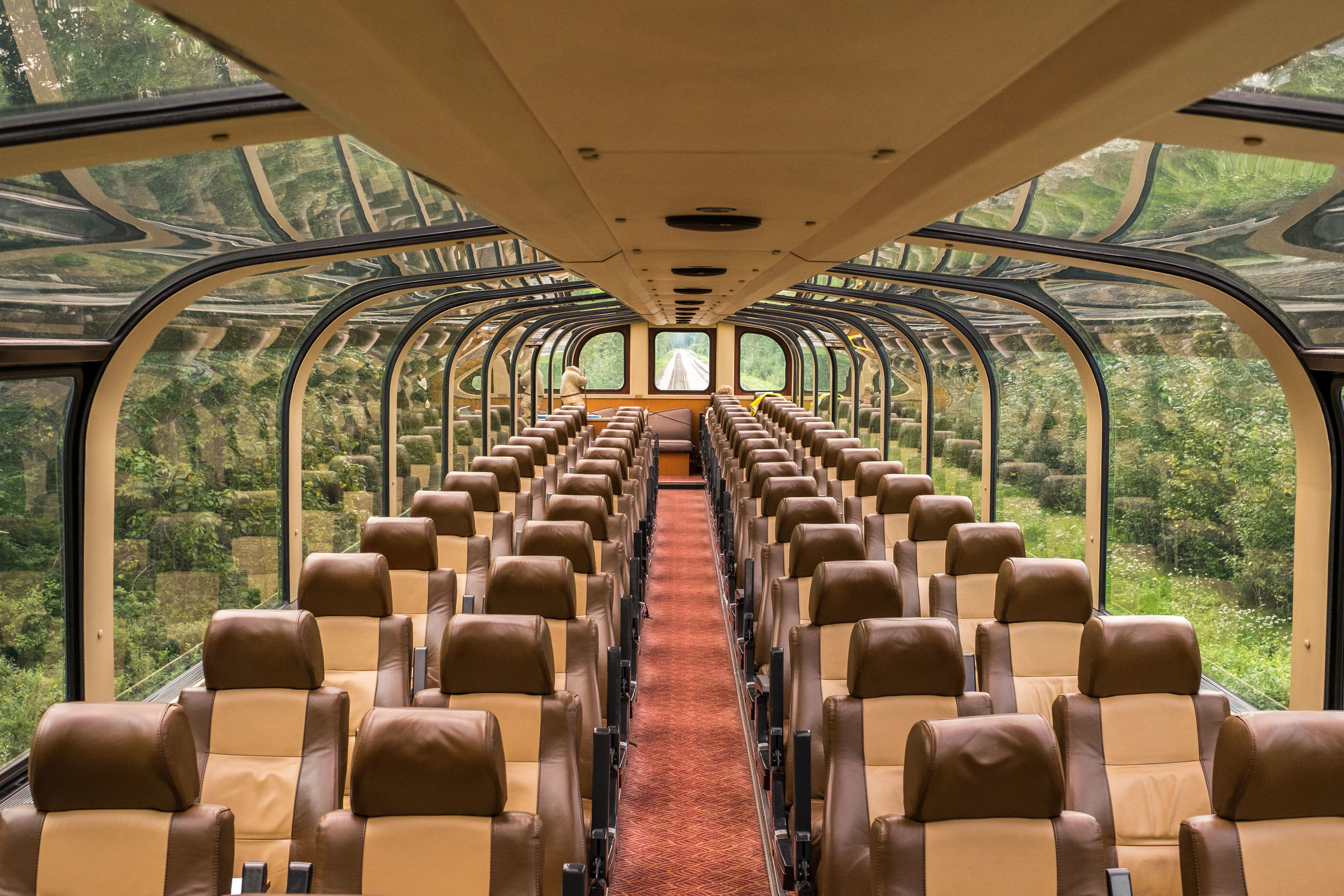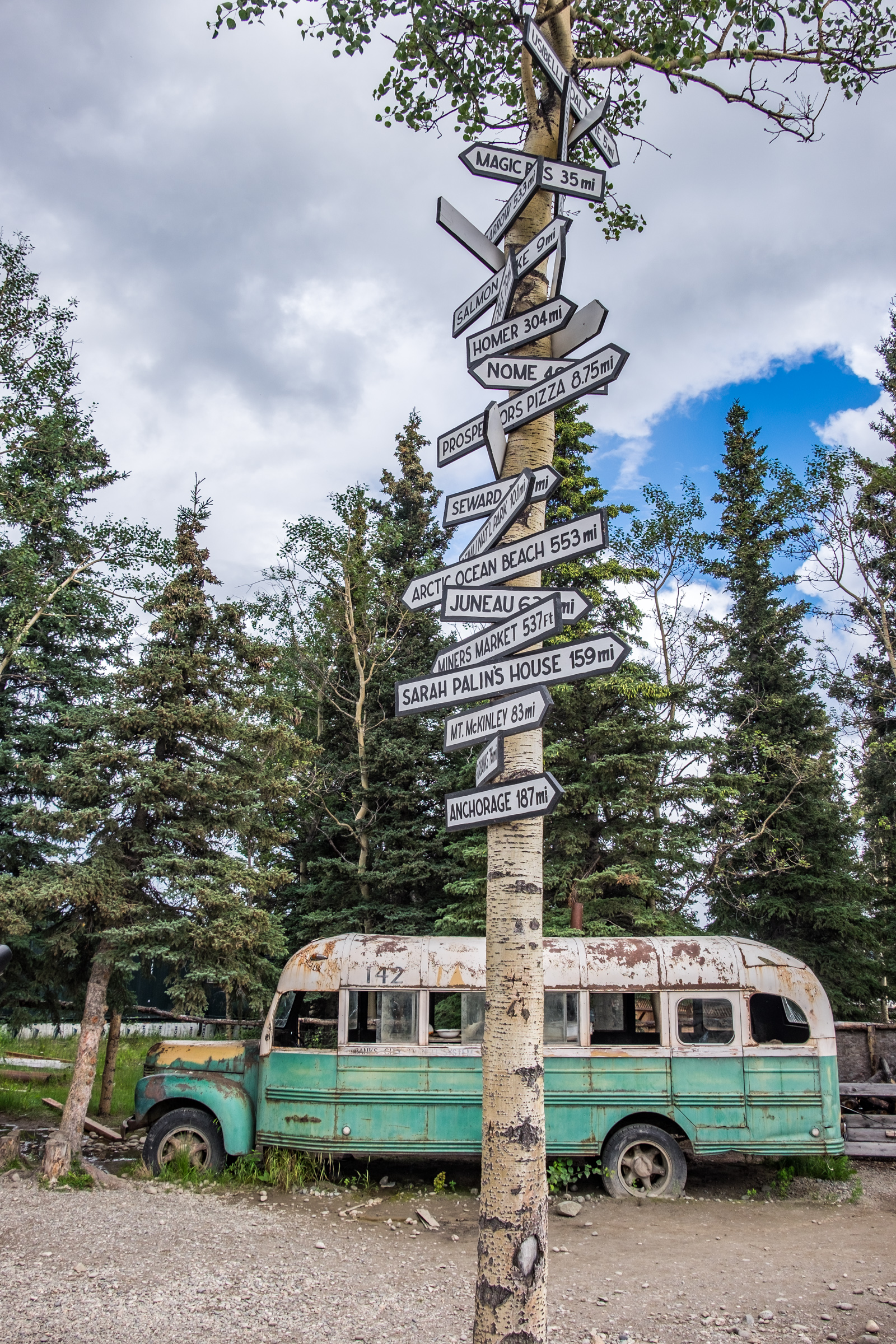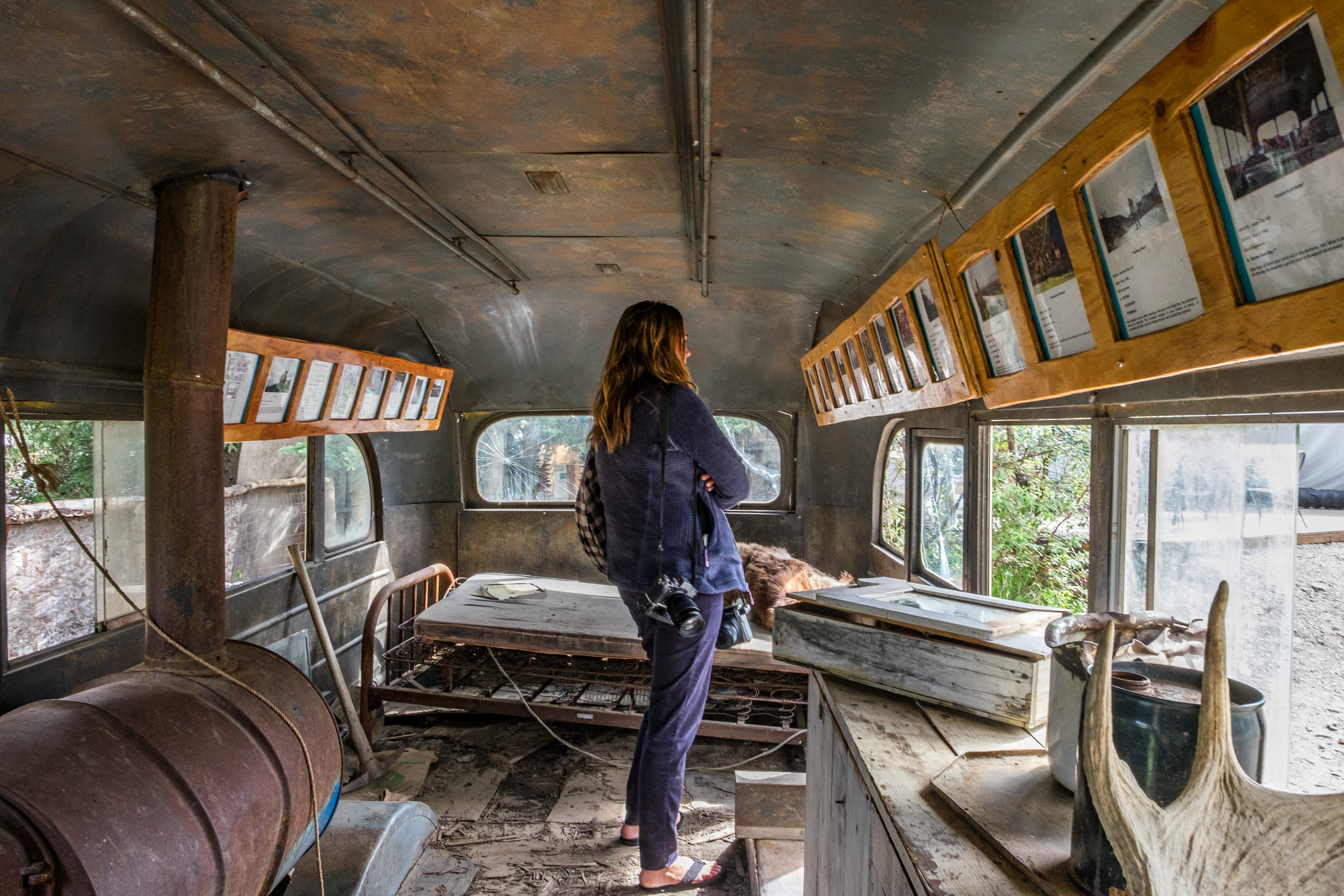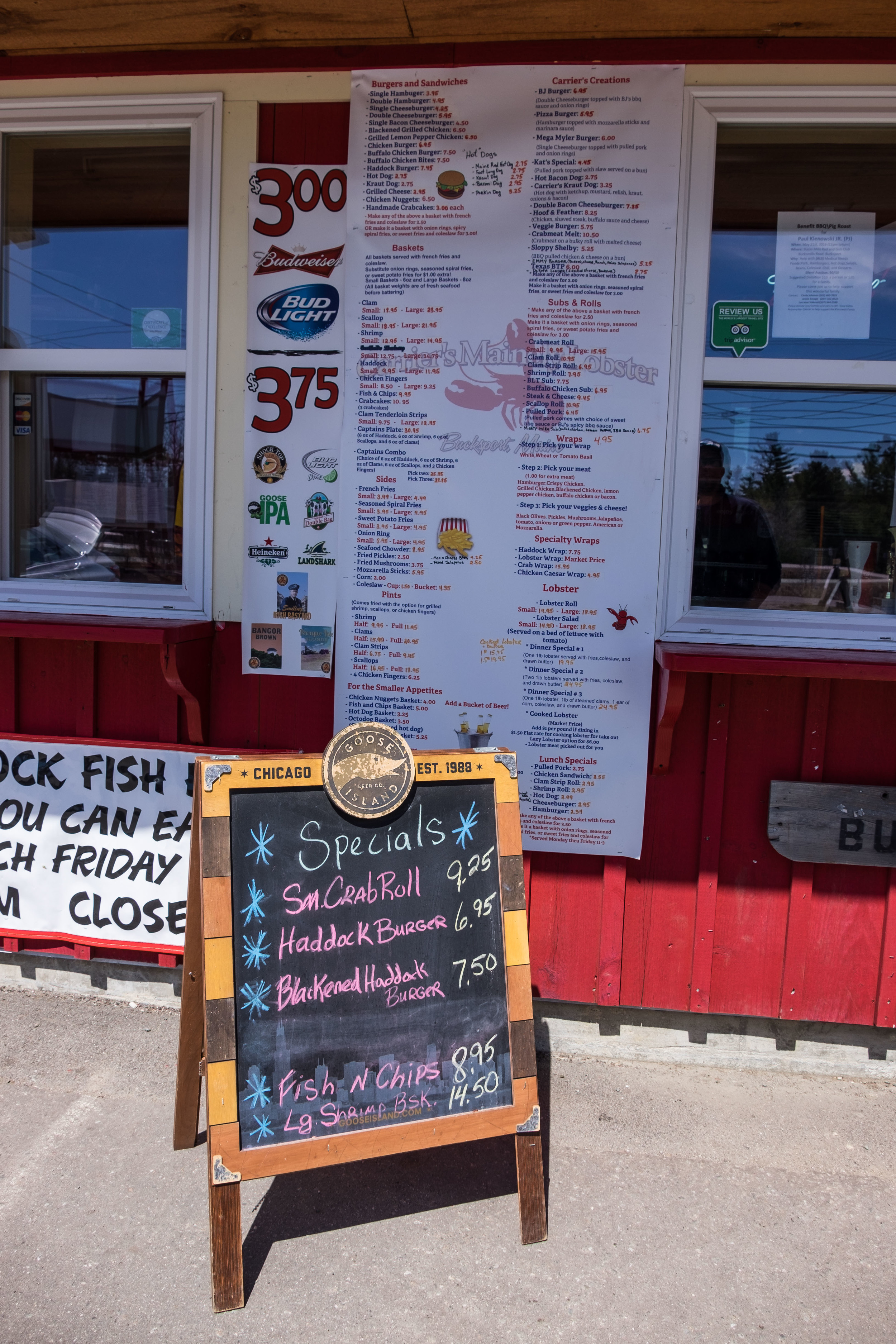While we typically reserve posts on this page for stops that exist outside of our national parks, Hetch Hetchy Valley is a unique case that fits well here because it feels entirely separate from the wilds of Yosemite National Park. It is located inside of park boundaries and it always has been, though its function has changed from that of a thriving natural ecosystem to a hydroelectric reservoir providing the city of San Francisco with portions of their water supply. It is recorded that Raker Bill that would allow the intentional flooding of the valley was to be John Muir’s final heartbreak before he died—he considered the Hetch Hetchy Valley to be the perfect counterpart to his beloved Yosemite Valley.
After spending a day at Hetch Hetchy, we knew that we wanted to share a sidebar on our site about its complicated past. To do so, we sought out a leading expert to better explain the backstory of how the reservoir came to be, the pros and cons of its existence, and steps that are being made to restore it to its natural state.
With that, we offer our warmest thanks to Spreck Rosekrans, Executive Director of the Restore Hetch Hetchy Foundation, for taking the time to shed some light on this most special place that has deeply affected the landscape of Yosemite National Park.
Jonathan Irish and Stefanie Payne (JI & SP):
When we visited Hetch Hetchy, we were struck by how similar it must have looked to Yosemite Valley in its original state. Can you give us a brief description of what Hetch Hetchy Valley looked like when John Muir first laid eyes upon it?
Spreck Rosekrans (SR):
John Muir and others lobbied for the creation of Yosemite National Park with boundaries that would include Hetch Hetchy Valley. As you may know, Yosemite Valley had been ceded to California in 1864 by President Lincoln for preservation – the first such action anywhere in the world, but Muir et al. thought Yosemite should be much larger.
Muir said: After my first visit, in the autumn of 1871, I have always called it the Tuolumne Yosemite, for it is a wonderfully exact counterpart of the great Yosemite, not only in its crystal river and sublime rocks and waterfalls, but in the gardens, groves, and meadows of its flower park-like floor. The floor of Yosemite is about 4,000 feet above the sea, the Hetch -Hetchy floor about 3,700; the walls of both are of gray granite, rise abruptly out of the flowery grass and groves are sculptured in the same style, and in both every rock is a glacial monument.
JI & SP:
Today, Hetch Hetchy Valley is a dammed and flooded reservoir. How did federally protected land become appropriated for the use of a single city?
SR:
San Francisco had been seeking an improved water supply for years. They evaluated a number of sites but liked Hetch Hetchy best, in part because it would also generate hydropower. They were denied several times, as it was in a national park. But when the 1906 earthquake and fire destroyed much of the city, opposition in DC softened (including Teddy Roosevelt). Bare in mind that the city had water in reservoirs after the earthquake but pipes within the city broke. The city had been fighting with its water supplier, the private Spring Valley Water Company. So going after the Tuolumne River and Hetch Hetchy involved creating a public water system as well as the project itself.
President Taft succeeded Roosevelt in 1908, met with Muir in Yosemite and seemed to want to keep Yosemite intact. So San Francisco realized legislation was necessary.
When Wilson was elected in 1912 (after Roosevelt and Taft split the Republican party), he appointed Franklin Lane SF’s City Attorney as Secretary of Interior and pushed hard form restoration. The Raker Act passed the house in late summer. 200 newspapers editorials were published in opposition. The Senate debated it for 6 days. Many abstained, many opposed, but the bill passed. Wilson signed the bill.
JI & SP:
What role did Hetch Hetchy play in the passage of the National Park Service Act in 1916?
SR:
A bill to create a National Park Service (NPS) had been proposed but had opposition. The unprecedented controversy over Hetch Hetchy tipped the scales and the NPS bill carried easily less than three years later.
See Clark Bunting’s essay wherein he writes: “Thanks to the heated public debate inspired by Hetch Hetchy, the Organic Act clearly stated America’s commitment “to conserve the scenery and the natural and historic objects and the wild life therein and to provide for the enjoyment of the same in such manner and by such means as will leave them unimpaired for the enjoyment of future generations.”
JI & SP:
San Francisco relies heavily on the Hetch Hetchy Valley for public water and hydropower. Restoring Hetch Hetchy would entail finding other sources for the cities' consumption. What are the alternative options?
SR:
First, Hetch Hetchy is one of nine reservoirs in San Francisco’s (SF) system. SF’s water rights on the Tuolumne would not change. See diagram below. Don Pedro is 6 times as large as Hetch Hetchy. 1/3 of it, or twice the volume of Hetch Hetchy, is a water bank for SF. Water system reliability would still be good, but SF would need minor new plumbing fixes and to invest in additional surface or groundwater storage, water transfers from agriculture or recycling within SF and its service territory. These are all doable and are much less than what other California water agencies have done to reduce their impact on the environment. In particular, local irrigation districts could recharge groundwater basins in wet years with SF’s water, and withdraw it in dry years. The amount, about 60,000 af per year, is not challenging from a physical perspective, but would require improved cooperation with irrigation districts.
San Francisco would lose about 20% of its Sierra hydropower – would need to be replaced with solar.
















